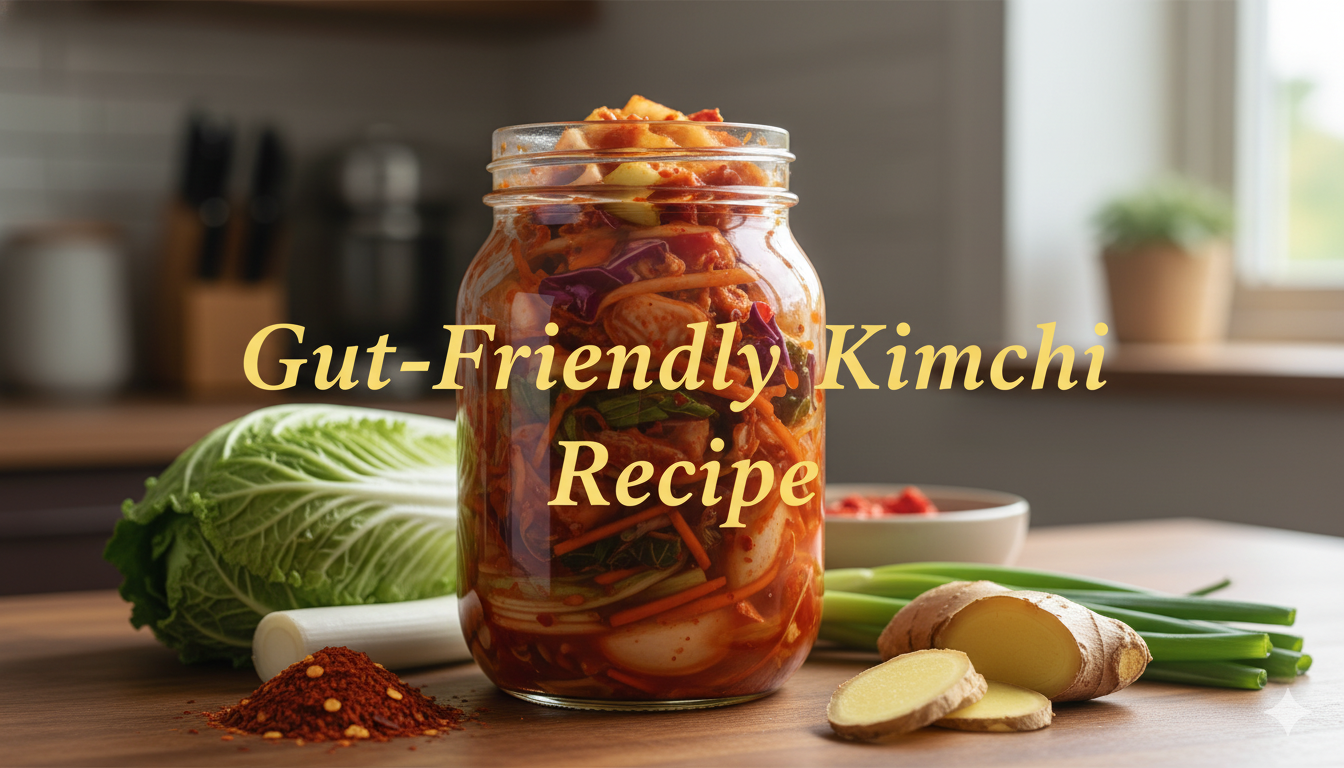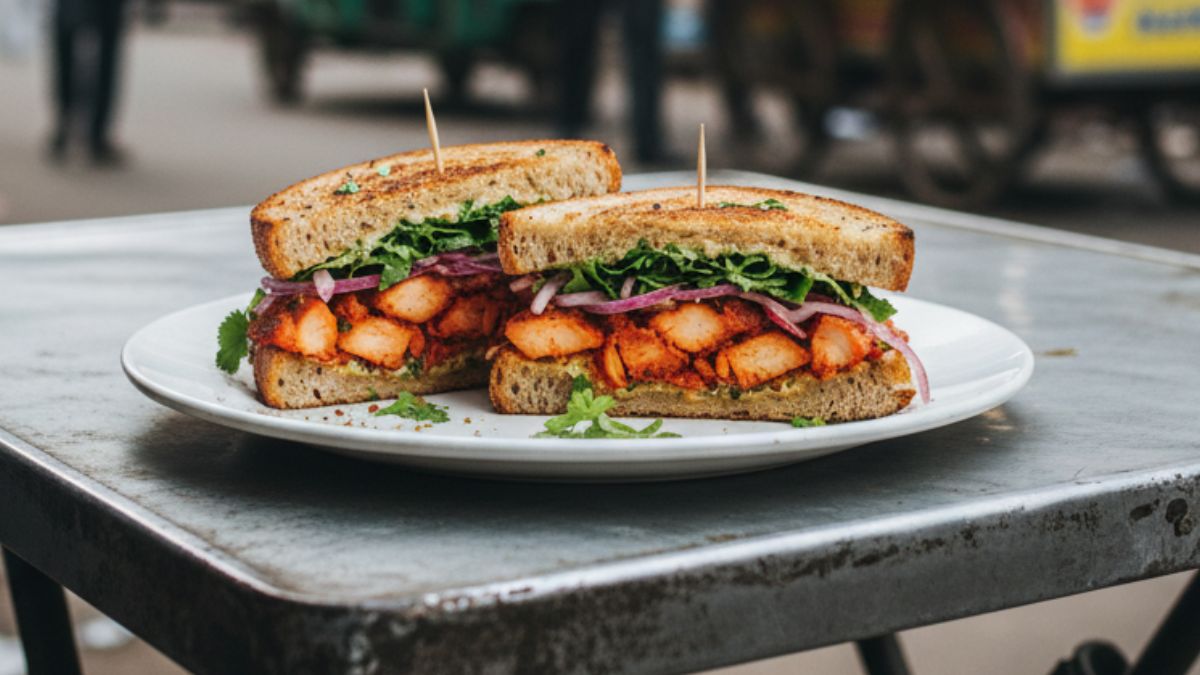Most meals at American restaurants aren’t healthy. They’re packed with processed food and enough calories to cover two or three sensible meals.Yet it’s entirely possible to eat both healthy and tasty restaurant meals. And because eating out is one of life’s great pleasures, we’ve put together this guide to smart restaurant eating. It ranges from undeniably healthy meals - with a rich variety of foods, heavy on fruits and vegetables, light on sugar - to fast-food meals that are at least better than the alternatives if you find yourself eating at McDonald’s.Every lunch or dinner here stays under 750 calories - about one-third the number many adults should eat in a day - and many meals are well under; the breakfasts are under 500 calories. We’ll start with some good news: The restaurant scene has never been better.
Signs of ProgressDon’t be confused by Chipotle, Five Guys and other hot chains, which serve tastier food than McDonald’s but still don’t focus on health. There’s another, albeit smaller, rising group of restaurants with menus that are both tasty and healthy.These chains include Chop’t, Lyfe Kitchen, Maoz Vegetarian, Modmarket and Native Foods Cafe. At these, you can often eat a meal that has a reasonable number of calories, and a nice array of nutrients, without thinking too hard. Sweetgreen, one such chain, got its start in Washington, from three Georgetown students frustrated by the existing restaurant scene.We expect these kinds of restaurants to continue spreading, perhaps beyond the largest metro areas, as more Americans look for ways to eat right.Crucially, these restaurants go heavy on fruits, vegetables and whole grains. Dr. Deborah A. Cohen, an epidemiologist at the RAND Corp., notes that it recently convened a group of experts to create performance standards for restaurant meals. The focus was on two measures above all: a limit of 700 calories and a minimum of a cup and a half of fruits and vegetables.The next time you’re in a traditional chain restaurant, look around the room and notice the dominant colors of the food. They’re probably a combination of browns and yellows. By comparison, the group of healthy restaurants are full of green, red and orange. With enough produce and whole grains on your plate, you can eat some meat, too - without worrying about it.Hack the MenuIf you’re not careful, you can end up eating an entire day’s worth of calories in a single restaurant meal. So it’s important not to take restaurants’ definition of portion size literally. (An exception is Pret A Manger, where the portions are reasonable.)One approach: Split an entree with a tablemate. If you’re dining alone, consider setting aside some food as soon as it comes, to avoid what psychologists call “the completion compulsion.” Save the food for later - or, if there is no better option, throw it out, without guilt. Eating food you don’t need is a version of waste.Another approach: Order no entree. Today’s appetizers are sometimes the size of yesterday’s entrees - and you can often get a filling meal with two appetizers. The strategy is especially helpful during business meals, when other people at the table are often ordering two courses and joining them is the natural thing to do.Choose condiments and sauces carefully: mustard instead of mayo on a sandwich, olive oil and vinegar or lemon juice instead of creamy salad dressing. It’s easy to undercut a salad or sandwich with dollops of ranch or Caesar dressing.Finally, be wary of bread. It’s an easy way to consume hundreds of calories almost unthinkingly. There’s a reason both President Barack Obama and Hillary Rodham Clinton ordered burrito bowls at their recent Chipotle visits: Skipping the tortilla is one of the few ways to keep a meal there within a healthy calorie range. Oh, and be especially careful with bagels, which are extravaganzas of dough. With 75 to 80 calories an ounce and a gradual increase in size over the years, some exceed 500 calories before you add any cream cheese or lox.Classic Fast FoodWe should tell you that avoiding McDonald’s and Burger King altogether will probably be good for your health. They serve highly processed food, and many meals there soar above 1,000 calories. But if you eat classic fast food occasionally, keep in mind that there is a wide variety in the healthfulness, or lack thereof, of different fast-food meals.First, remember portion inflation: The original McDonald’s burger patty weighed 1.6 ounces, says Lisa Young, an NYU nutritionist, less than half as large as a current Quarter Pounder. Stick with a basic burger or chicken sandwich, and you can remain under 750 calories. Second, make choices: Don’t do fries, a soda and a dessert.Finally, search for the few vegetables and fruits on the menu. Wendy’s, responding to the salad boom, has started emphasizing its salads in an ad campaign. If you order one, you can have a dessert and still eat many fewer calories than is in a typical fast-food meal.There are even healthier options at Cheesecake Factory, a chain known for gargantuan portions. Its “SkinnyLicious” menu includes more than 50 options under 590 calories, which means it’s longer than the entire menu at many restaurants. By putting mostly lean protein and fresh vegetables on the plate, Cheesecake Factory is able to provide a vast quantity of food without a lot of calories.And volume can be your ally. “One of the things you want to think about when you to go a restaurant is calories, but you also want to make sure you get enough volume of food so you feel satisfied when you leave,” says Marlene Schwartz, the director of the Rudd Center for Food Policy and Obesity at the University of Connecticut.Breakfast Isn’t HardEggs are often the key: They’re healthier than many people have long feared. They’re also a delicious source of protein when cooked right, and they’re available all over the place. Outside of major metropolitan areas, where restaurant choices are more limited, egg-based lunches and dinners are a good way to eat well.Another encouraging part of breakfast is the addition of oatmeal to the Starbucks menu, which makes a truly healthful breakfast far easier to find on the road. Choose the plain over the blueberry-flavored, and don’t automatically add an entire packet of brown sugar. The dried fruit that comes with the oatmeal already supplies sugar.Breakfast also shows the importance of beverages: We don’t realize how many calories we’re consuming when we drink. It’s not just soda that is caloric: A glass of orange juice can have 170 calories. And beverage calories are often empty calories, providing few or no nutrients and still leaving you hungry later. If you drink water, club soda or unsweetened iced tea or coffee, you can eat more calories. And if you do order a juice with breakfast, consider drinking only half of it unless it’s six ounces or less.© 2015 New York Times News ServicePicture Courtesy: Thinkstock
Signs of ProgressDon’t be confused by Chipotle, Five Guys and other hot chains, which serve tastier food than McDonald’s but still don’t focus on health. There’s another, albeit smaller, rising group of restaurants with menus that are both tasty and healthy.These chains include Chop’t, Lyfe Kitchen, Maoz Vegetarian, Modmarket and Native Foods Cafe. At these, you can often eat a meal that has a reasonable number of calories, and a nice array of nutrients, without thinking too hard. Sweetgreen, one such chain, got its start in Washington, from three Georgetown students frustrated by the existing restaurant scene.We expect these kinds of restaurants to continue spreading, perhaps beyond the largest metro areas, as more Americans look for ways to eat right.Crucially, these restaurants go heavy on fruits, vegetables and whole grains. Dr. Deborah A. Cohen, an epidemiologist at the RAND Corp., notes that it recently convened a group of experts to create performance standards for restaurant meals. The focus was on two measures above all: a limit of 700 calories and a minimum of a cup and a half of fruits and vegetables.The next time you’re in a traditional chain restaurant, look around the room and notice the dominant colors of the food. They’re probably a combination of browns and yellows. By comparison, the group of healthy restaurants are full of green, red and orange. With enough produce and whole grains on your plate, you can eat some meat, too - without worrying about it.Hack the MenuIf you’re not careful, you can end up eating an entire day’s worth of calories in a single restaurant meal. So it’s important not to take restaurants’ definition of portion size literally. (An exception is Pret A Manger, where the portions are reasonable.)One approach: Split an entree with a tablemate. If you’re dining alone, consider setting aside some food as soon as it comes, to avoid what psychologists call “the completion compulsion.” Save the food for later - or, if there is no better option, throw it out, without guilt. Eating food you don’t need is a version of waste.Another approach: Order no entree. Today’s appetizers are sometimes the size of yesterday’s entrees - and you can often get a filling meal with two appetizers. The strategy is especially helpful during business meals, when other people at the table are often ordering two courses and joining them is the natural thing to do.Choose condiments and sauces carefully: mustard instead of mayo on a sandwich, olive oil and vinegar or lemon juice instead of creamy salad dressing. It’s easy to undercut a salad or sandwich with dollops of ranch or Caesar dressing.Finally, be wary of bread. It’s an easy way to consume hundreds of calories almost unthinkingly. There’s a reason both President Barack Obama and Hillary Rodham Clinton ordered burrito bowls at their recent Chipotle visits: Skipping the tortilla is one of the few ways to keep a meal there within a healthy calorie range. Oh, and be especially careful with bagels, which are extravaganzas of dough. With 75 to 80 calories an ounce and a gradual increase in size over the years, some exceed 500 calories before you add any cream cheese or lox.Classic Fast FoodWe should tell you that avoiding McDonald’s and Burger King altogether will probably be good for your health. They serve highly processed food, and many meals there soar above 1,000 calories. But if you eat classic fast food occasionally, keep in mind that there is a wide variety in the healthfulness, or lack thereof, of different fast-food meals.First, remember portion inflation: The original McDonald’s burger patty weighed 1.6 ounces, says Lisa Young, an NYU nutritionist, less than half as large as a current Quarter Pounder. Stick with a basic burger or chicken sandwich, and you can remain under 750 calories. Second, make choices: Don’t do fries, a soda and a dessert.Finally, search for the few vegetables and fruits on the menu. Wendy’s, responding to the salad boom, has started emphasizing its salads in an ad campaign. If you order one, you can have a dessert and still eat many fewer calories than is in a typical fast-food meal.There are even healthier options at Cheesecake Factory, a chain known for gargantuan portions. Its “SkinnyLicious” menu includes more than 50 options under 590 calories, which means it’s longer than the entire menu at many restaurants. By putting mostly lean protein and fresh vegetables on the plate, Cheesecake Factory is able to provide a vast quantity of food without a lot of calories.And volume can be your ally. “One of the things you want to think about when you to go a restaurant is calories, but you also want to make sure you get enough volume of food so you feel satisfied when you leave,” says Marlene Schwartz, the director of the Rudd Center for Food Policy and Obesity at the University of Connecticut.Breakfast Isn’t HardEggs are often the key: They’re healthier than many people have long feared. They’re also a delicious source of protein when cooked right, and they’re available all over the place. Outside of major metropolitan areas, where restaurant choices are more limited, egg-based lunches and dinners are a good way to eat well.Another encouraging part of breakfast is the addition of oatmeal to the Starbucks menu, which makes a truly healthful breakfast far easier to find on the road. Choose the plain over the blueberry-flavored, and don’t automatically add an entire packet of brown sugar. The dried fruit that comes with the oatmeal already supplies sugar.Breakfast also shows the importance of beverages: We don’t realize how many calories we’re consuming when we drink. It’s not just soda that is caloric: A glass of orange juice can have 170 calories. And beverage calories are often empty calories, providing few or no nutrients and still leaving you hungry later. If you drink water, club soda or unsweetened iced tea or coffee, you can eat more calories. And if you do order a juice with breakfast, consider drinking only half of it unless it’s six ounces or less.© 2015 New York Times News ServicePicture Courtesy: Thinkstock
Advertisement
For the latest food news, health tips and recipes, like us on Facebook or follow us on Twitter and YouTube.
Tags:










